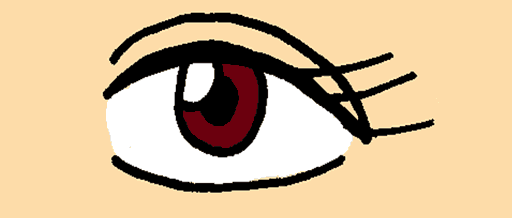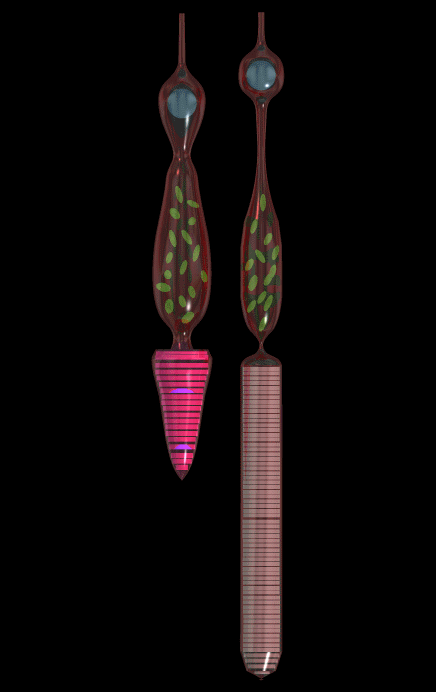
CONES

Cone cells function in bright light and are responsible for colour vision. A human retina contains approximately 6million cone cells. They have a similar structure to rod cells but their outer segment which contains the photoreceptive pigments is cone shaped.
Cones require a reasonable amount of light to be stimulated so only function during the day. This is why we have colour vision but only during the daytime when the light intensity is high enough to stimulate the cone receptors.
Like rods, cones contain an opsin and the chromophore 11-cis-retinal, but the opsins differ from rhodopsin so that each cone is responsive to one of three colors: red, blue or green, named by the region of the visual spectrum at which they absorb. (560,426,530nm respectively) Cones are spread throughout the retina but are especially concentrated in a central area
The three cone receptors are homologs of rhodopsin. Like rhodopsin they are members of the 7TM receptor family and they utilize 11-cis retinal as their chromosphere.

Comparison of a rod cell (right) and cone cell (left). This shows how each cell acquired its name from its shape.